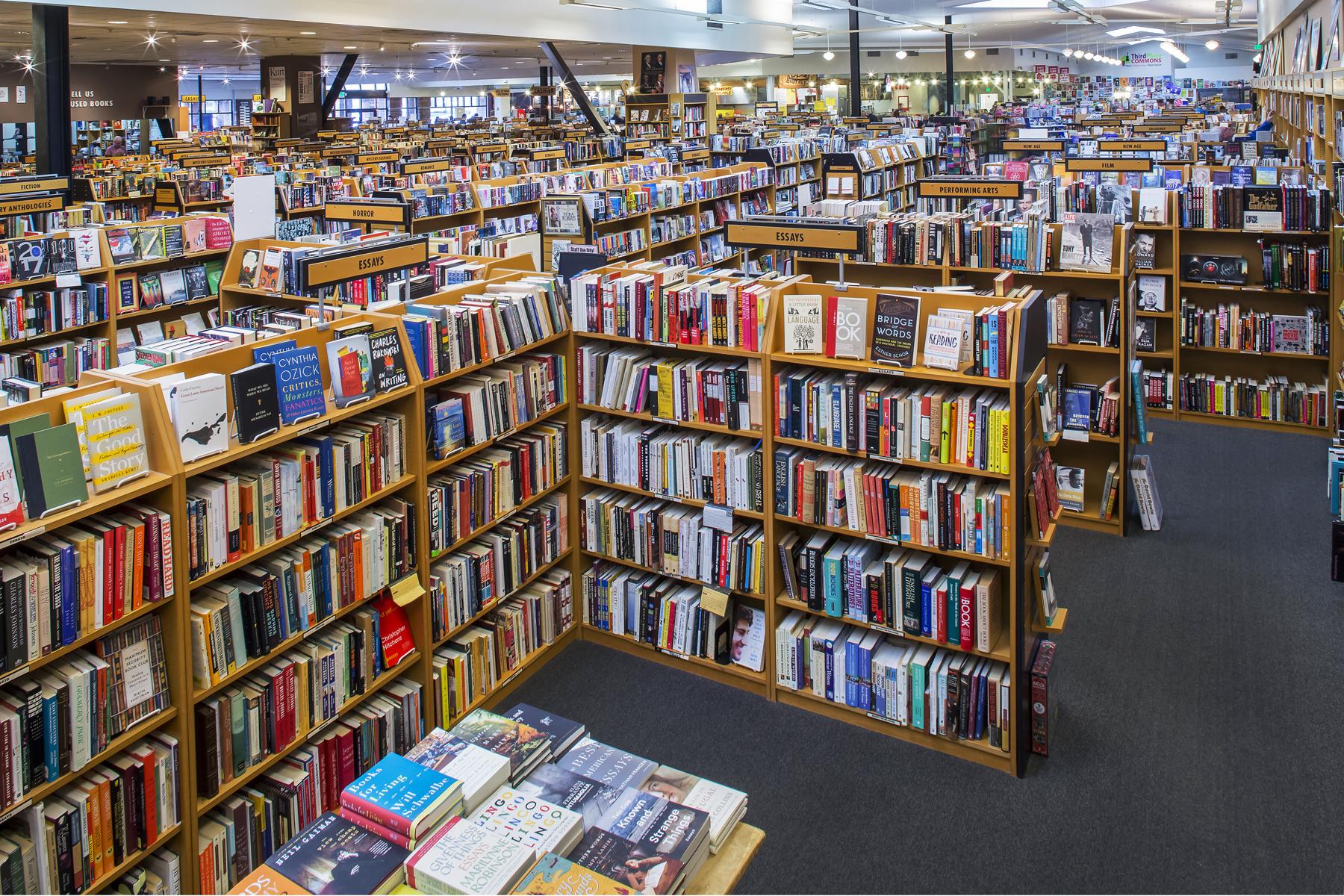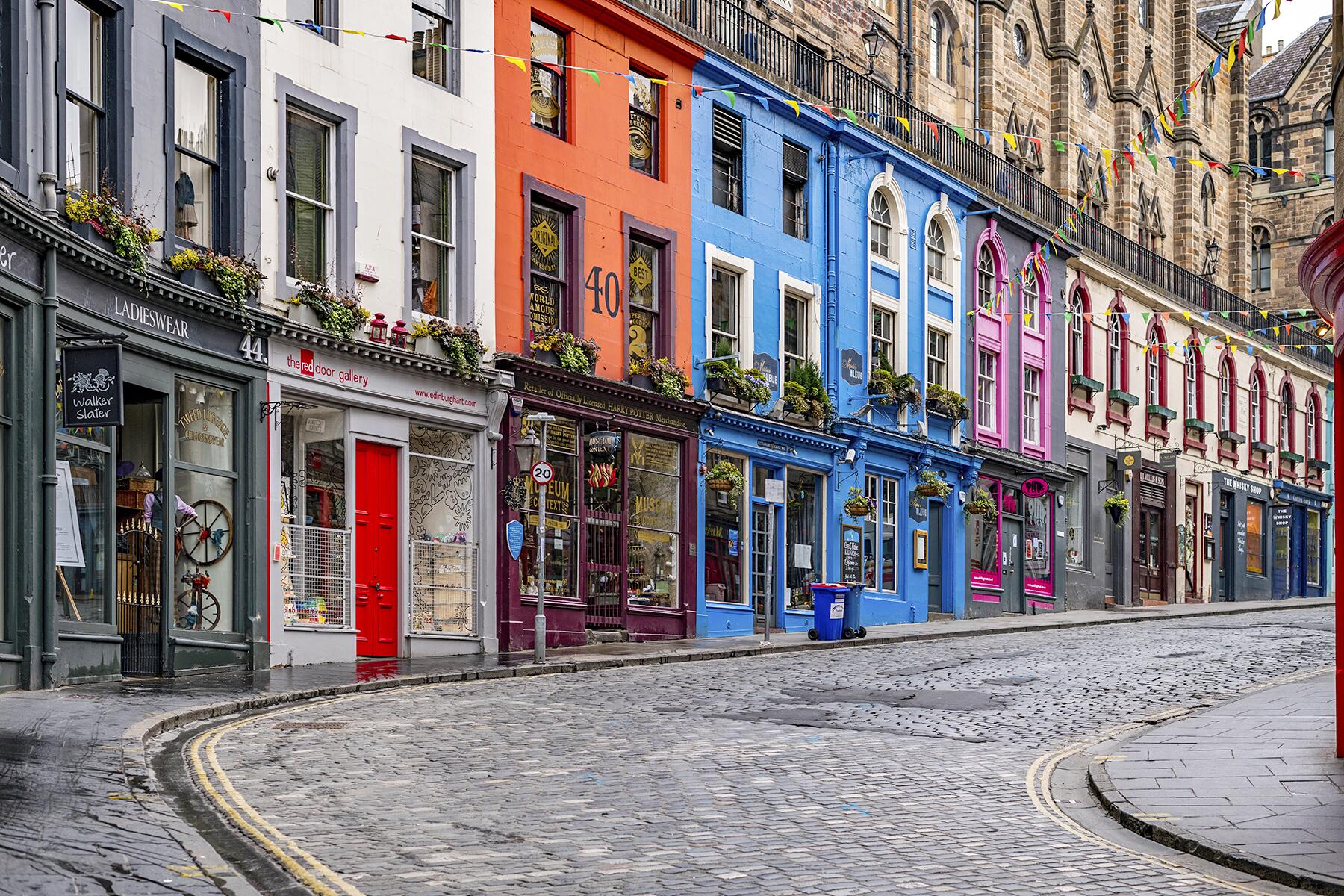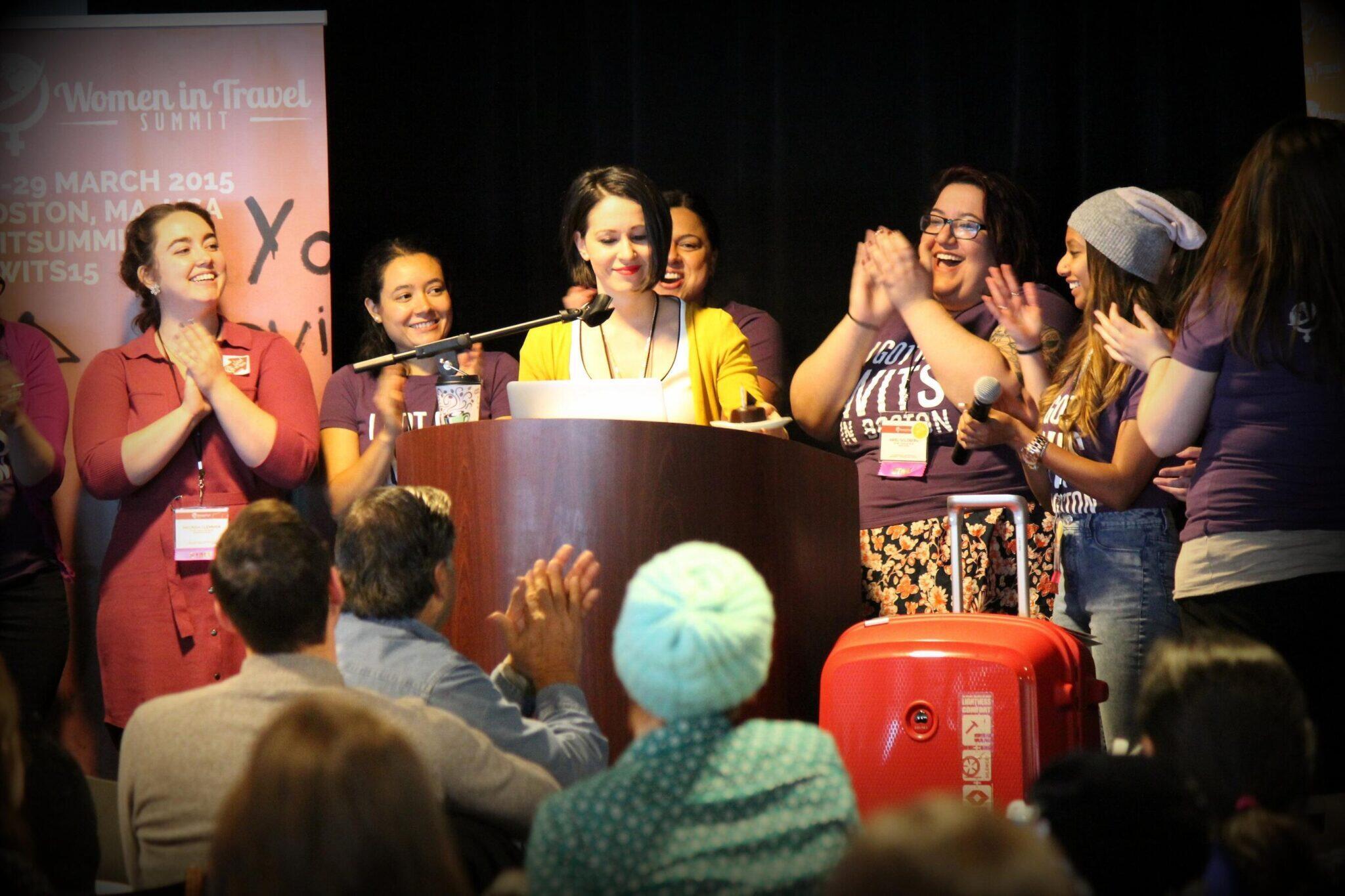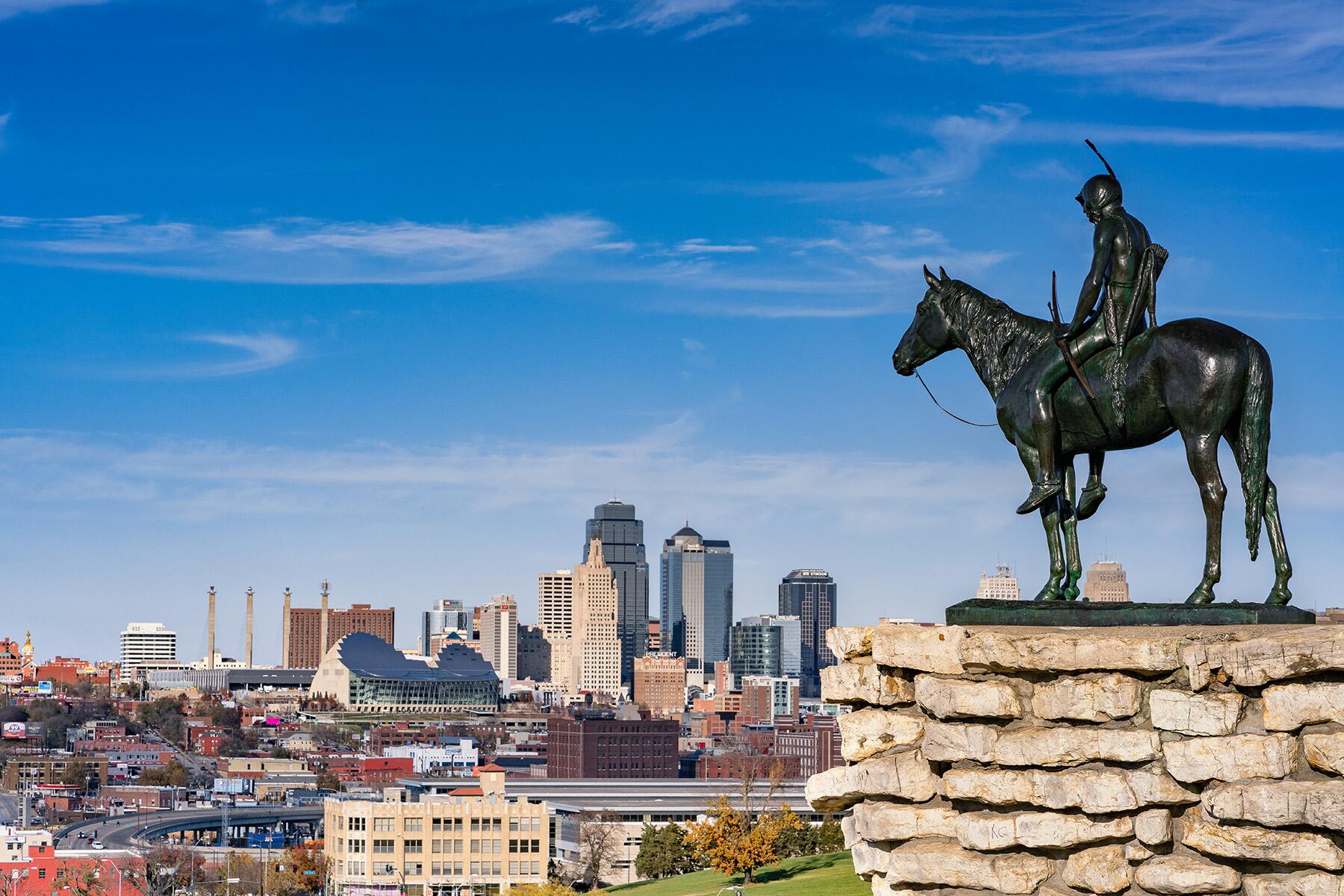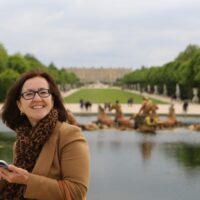Bestselling author Cara Black’s murderous Parisian inspirations.
Cara Black is the New York Times bestselling author of 20 mysteries set in Paris, France, featuring the Private Investigator Aimée Leduc. I first met Cara Black in Paris when she was guiding a tour of readers through the city, taking them to spots they would recognize from the novels, enjoying an insight into the research, inspiration, and love for a city–all of which goes into her books.
Black, from a Francophile family, says she fell in love with Paris on her first visit, and the city, coupled with her desire to write about a friend’s Jewish mother’s experience during World War II lead her to her first book–and Aimée Leduc.
Black says, “Aimée Leduc is my alter ego. She’s taller, thinner, more fashion-conscious, and smarter with computers than I am. She also has a great 17th-century apartment in a townhouse on Ile Saint Louis.”
Twenty books later, Aimée’s life has changed over the years, but her fans still love her and the journey through Paris she takes them on.
Related: The Best Things to Do in Paris
